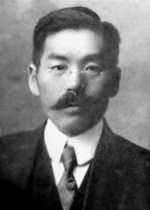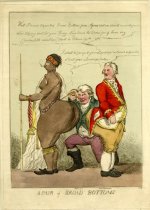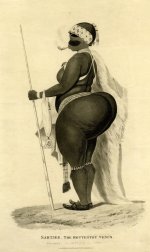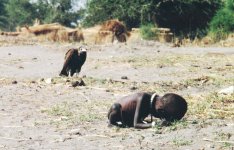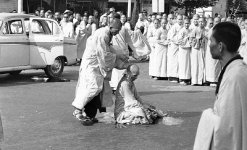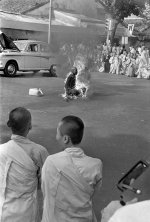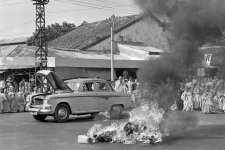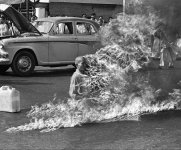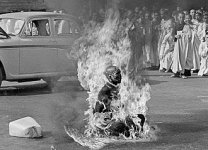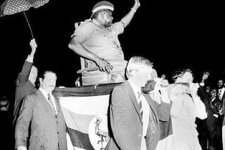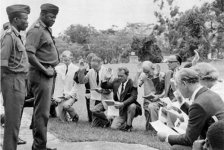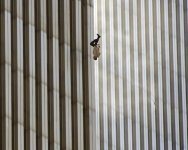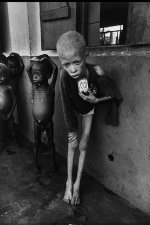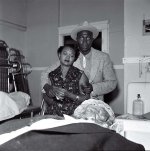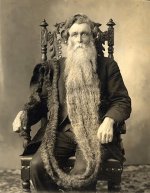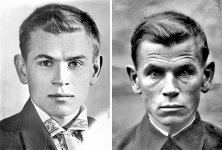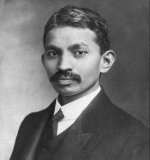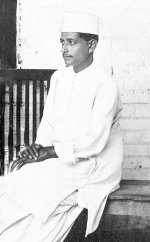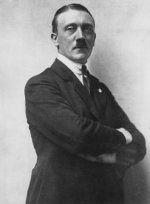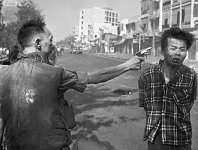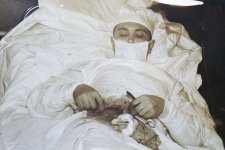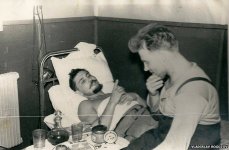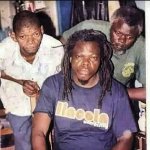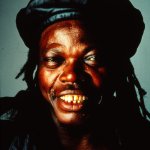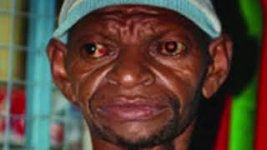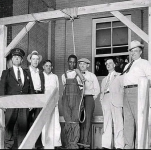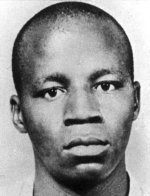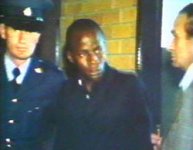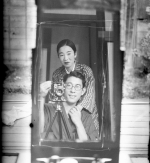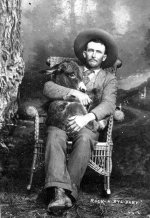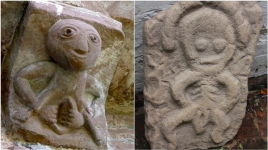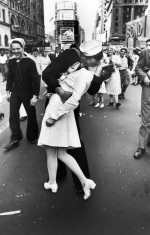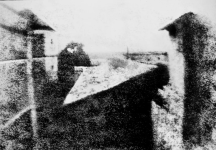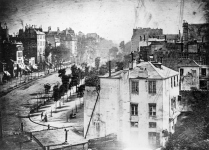Sarah Baartmann, also known as Saartjie Baartman, was born circa 1789 in the vicinity of the Gamtoos River, in what is now South Africa's Eastern Cape province. She belonged to the Khoikhoi people. Orphaned at an early age, Baartman moved to Cape Town where she worked as a servant for a "free black man" and later moved with him to Europe. After touring Great Britain, she moved to Paris where she died famous, but poor, in 1815.
View attachment 1553
In Europe, she was exhibited as an exotic attraction. Her body features, not uncommon with South African Khoikhoi women, were considered a sensation in England and France: Baartman had a slender waistline with big buttocks and large sexual organs. She was nick-named the Hottentot Venus. Hottentot was a European name for the Khoikhoi people, while Venus alludes to the Roman goddess of love.
View attachment 1554
Because of her naturally curvaceous body, Hendrik Cesars began to show her at the city hospital in exchange for cash. One of the surgeons, Alexander Dunlop, who supplied showmen in Britain with animal specimens as a side business, took interest. Sarah had a condition called steatopygia, which leads to substantial collection of fat in the buttocks and thighs. She also had an elongated inner labia causing the skin of her genitalia to hang down below her vulva. Her appearance was typical for Khosian women but it was a rare and erotic projection for Europeans. Dunlop saw an opportunity to exploit her and began pressuring Sarah into traveling to Europe to make money as an exhibit herself.
At first Sarah refused but eventually succumbed to the pressure from Dunlop and agreed to go. Thus on 1810, Sarah, Cesars and Dunlop arrived in London and took up residence in Duke Street, St. James, one of the most expensive part of London.
Sarah was displayed in a building in Piccadilly, and thousands of Londoners came to gawk and ogle at her large buttocks. For two shillings, people could gaze upon her body. Those who were willing to pay a little more were permitted to touch her.
Sarah’s exhibition in London after the 1807 Slave Trade Act caused an outcry among abolitionists. The campaigners were appalled at Sarah's treatment and brought her employers to trial. But Sarah herself testified in their favor, recording in a statement that she had not been sexually abused and had come to London on her own free will and that she had no desire to return to her family.
After spending four years in England, Sarah was taken to France by an animal trainer named Jean Riaux, and exhibited at the Palais Royal in Paris. During this time Sarah was practically enslaved, with Riaux treating her like any other animal, ordering her to sit or stand in a similar way that a trainer orders circus animals. At times she was exhibited in a cage.
Sarah came under the attention of French naturalist Georges Cuvier, who began to study her as a specimen to further scientific racism. Sarah also agreed to be studied and painted by a group of scientists and artists but refused to appear fully naked before them, wearing a small apron-like garment to cover her genitalia.
View attachment 1555
In 1815, the city underwent swift transformations amidst a series of events. The failure of crops led to a surge in food prices, while Napoleon's brief return to power was followed by his defeat at the Battle of Waterloo in June. As the nation plunged into a state of economic depression, people had less disposable income to spend on entertainment such as the showcasing of the Hottentot Venus. Sarah’s promoter was compelled to exhibit her at less prominent locations, including a brothel, where she may have also been subject to prostitution.
The same year, Sarah died, possibly due to pneumonia or syphilis aggravated by alcoholism. Georges Cuvier dissected her body and concluded that many of Sarah’s features were ape-like, in accordance with his theories on racial evolution. He thought her small ears were similar to those of an orangutan and also compared her vivacity, when alive, to the quickness of a monkey. Before Cuvier cut her up, he made a plaster cast of her body, preserved her skeleton and pickled her brain and genitals, placing them in jars. They were on display at Paris's Museum of Man until the 1970s when it elicited complaints for being a degrading representation of women.
In 2002, under pressure from President Nelson Mandela’s government, the French government agreed to return her remains, and she was reburied at Hankey, in Eastern Cape province.
Although Sarah’s life ended a long time ago, the public’s fascination for butts did not. Several books have been published about her treatment and cultural significance. Some black women have found Sarah's story to be empowering, as it challenges the ideals of white mainstream beauty, given that curvaceous bodies are increasingly celebrated in popular culture and mass media.

